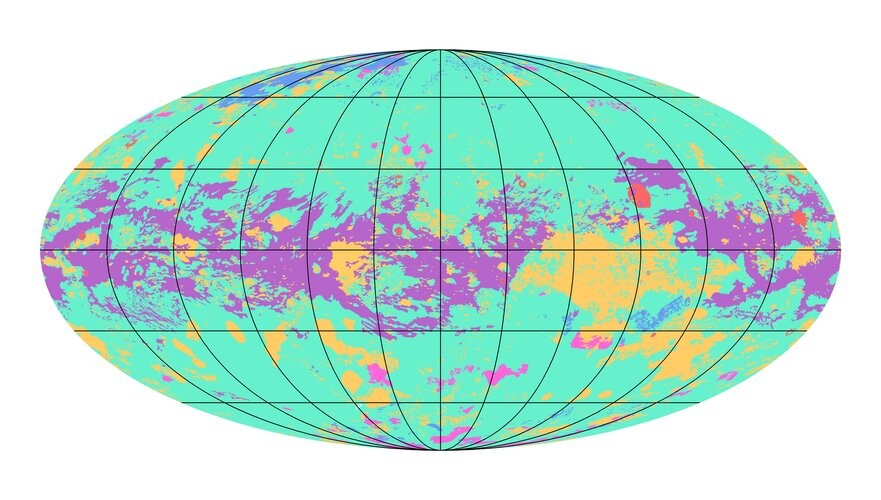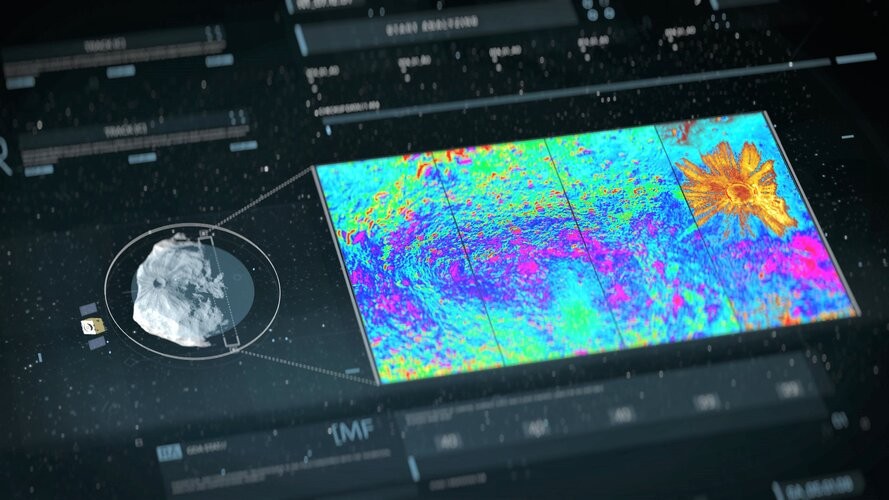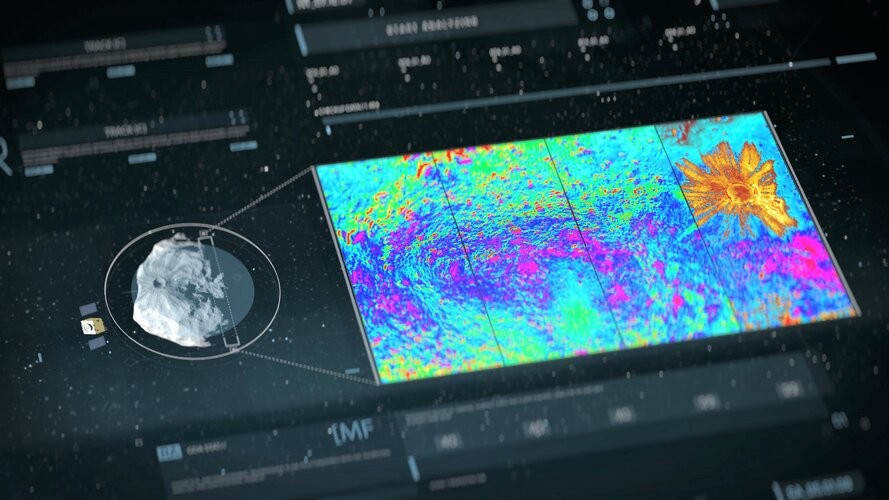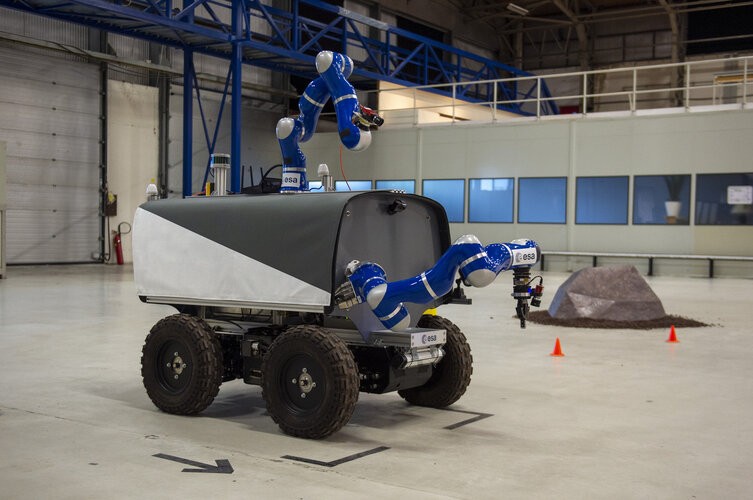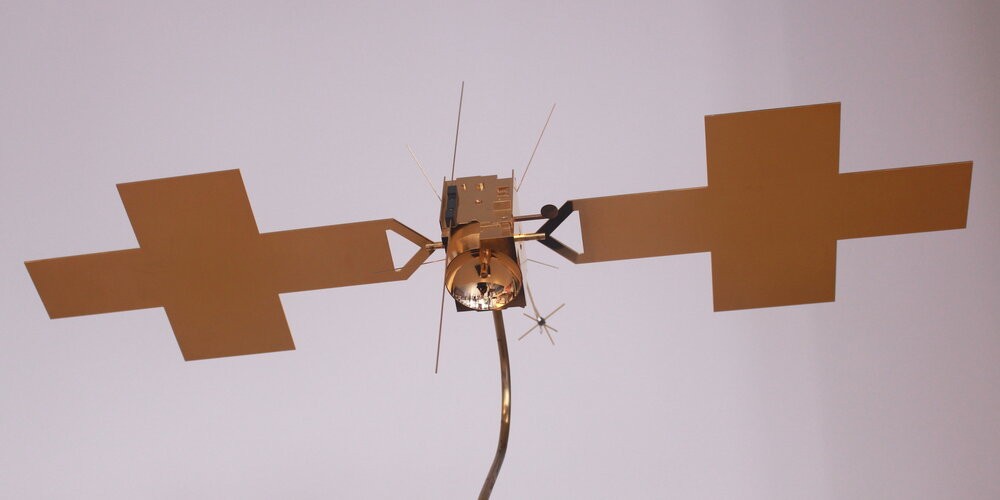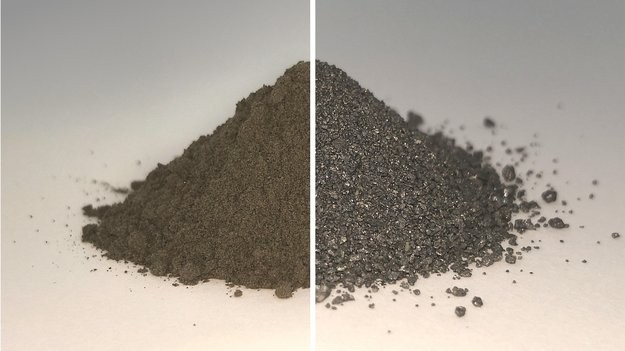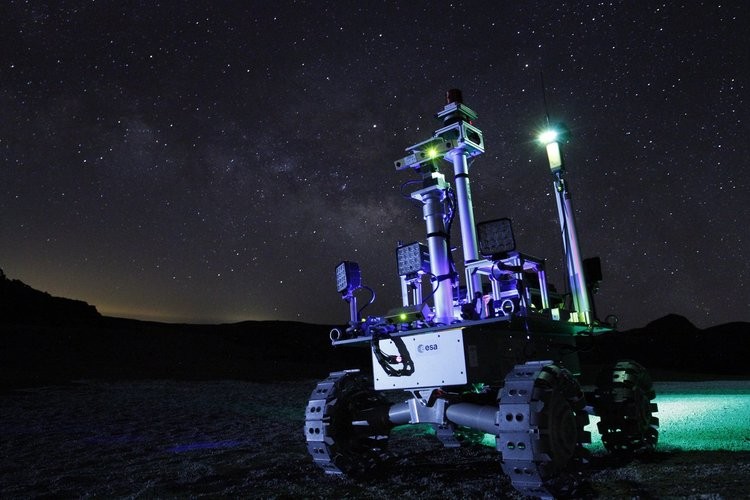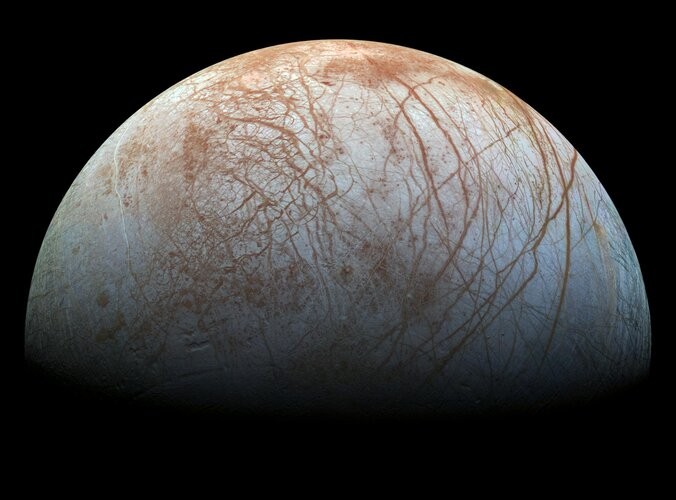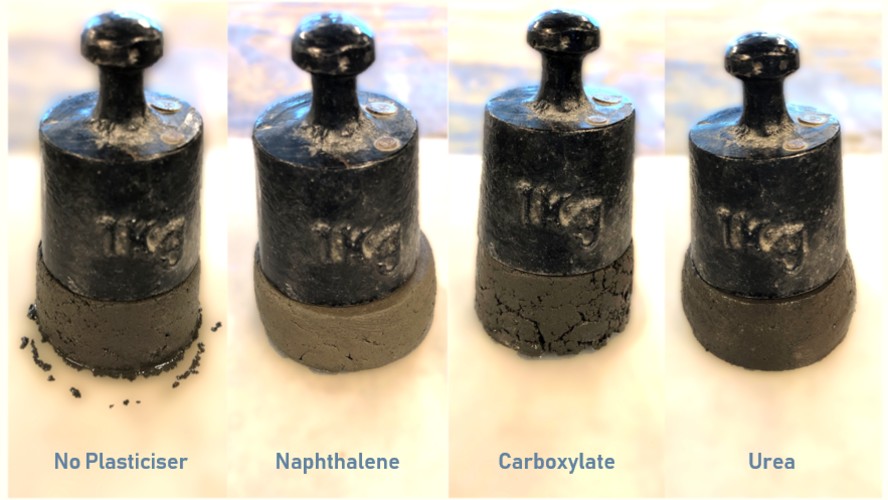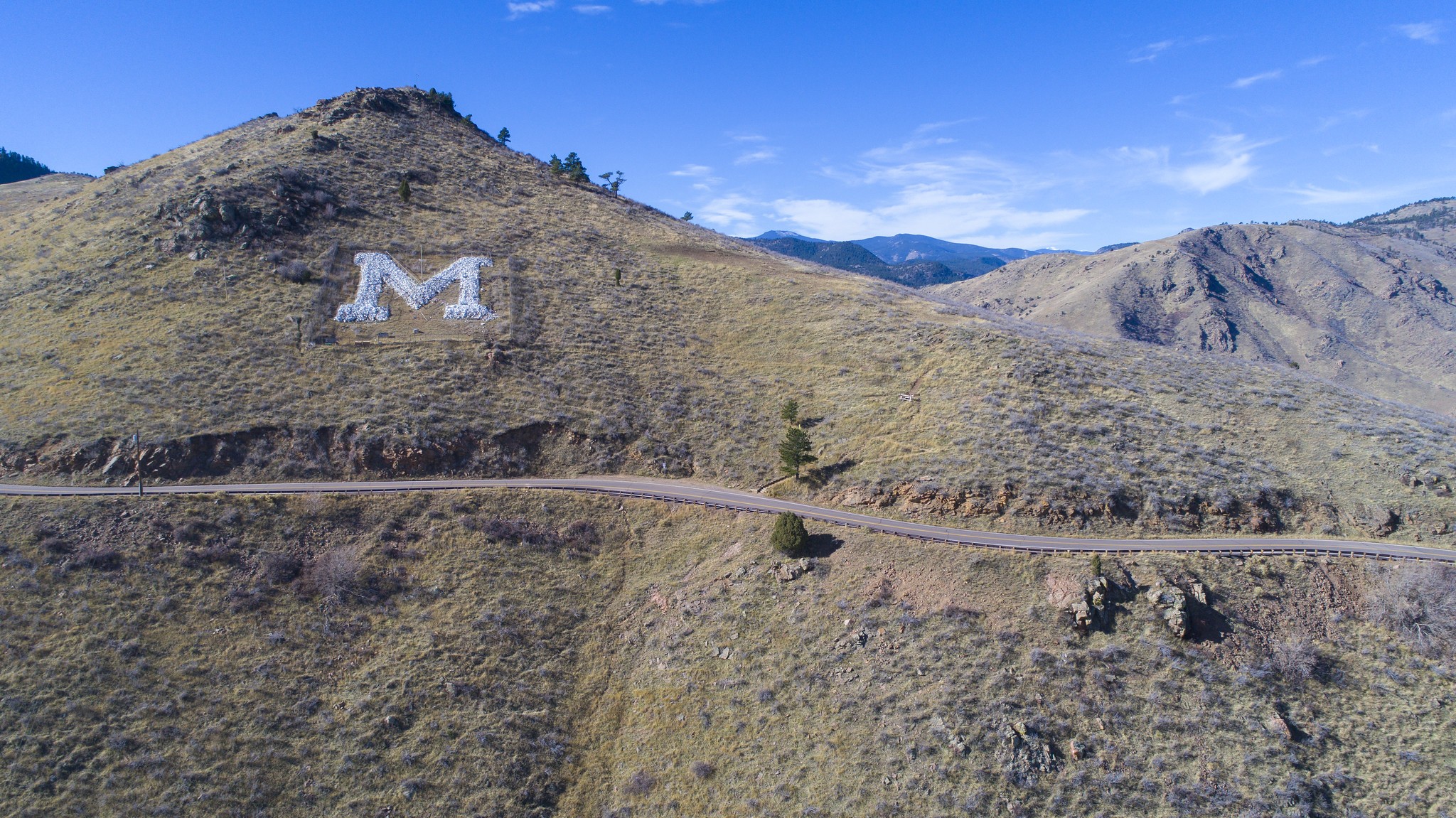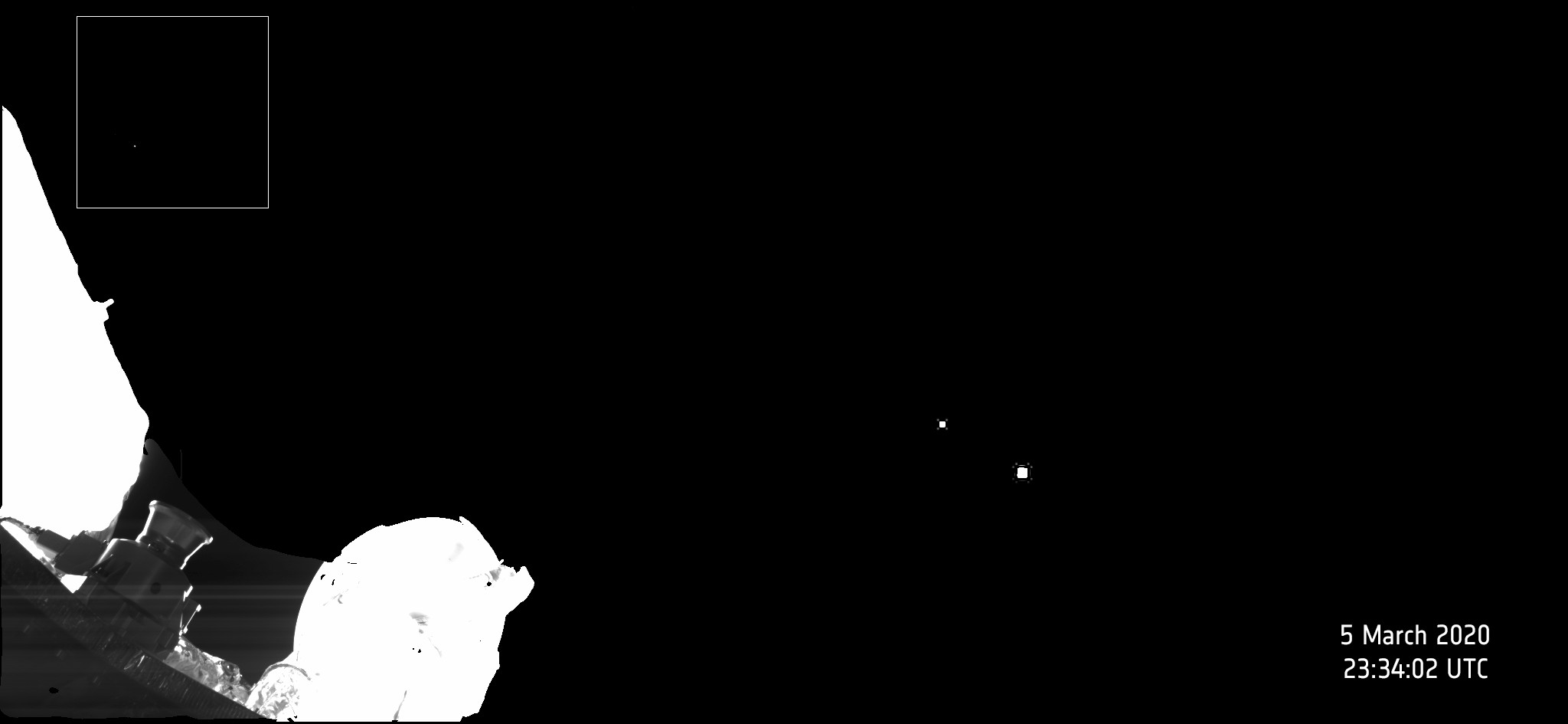Most significant
-
6 years ago
Global geologic map of Titan
ESAImage: The first map of the global geology of Saturn's largest moon, Titan, has been completed, revealing a dynamic world with dunes, lakes, plains, craters and other terrains. The map is based on data from the international Cassini mission, which performed more than 120 flybys of Titan during its time at the Saturn system, between 2004 and 2017. With a size comparable to that of Mercury, this moon is the only planetary body in our Solar System – besides Earth – known to have stable liquid on its surface. But instead of water raining down from clouds and filling lakes and seas as on Earth, what rains down on Titan and fills its liquid pools is methane and ethane. This hydrocarbon-based hydrologic cycle has been shaping Titan’s complex geologic landscape, giving rise to the variety of terrains shown in this map. These include plains, which are broad, relatively flat regions (shown in pale green), labyrinths, which refer to tectonically disrupted regions often containing fluvial channels (shown in pink), hummocky, corresponding to hilly terrains, featuring some mountains (shown in pale orange), dunes, which are mostly linear and produced by winds on Titan's surface (shown in purple), impact craters (shown in red), and lakes, currently or previously filled with liquid methane or ethane (shown in blue). As evident in the map, different geologic terrains have a clear distribution with latitude, with dunes being most prominent around the equator, plains at mid-latitudes and labyrinth terrains and lakes towards the poles. The names of several surface features are indicated on an annotated version of the map, along with the landing site of ESA’s Huygens probe, which landed on Titan on 14 January 2005 as part of the Cassini mission. To compile this map, scientists relied on a combination of radar, visual, and infrared data gathered by Cassini, in order to penetrate Titan’s thick and hazy atmosphere and identify surface features. The study, led by Rosaly Lopes of NASA's Jet Propulsion Laboratory and also involving ESA research fellow Anezina Solomonidou, enabled the scientists to estimate the relative age of different geological units, indicating that dunes and lakes are relatively young, whereas the hummocky or mountainous terrains are the oldest on Titan. The results were recently published in Nature Astronomy. The map is in Mollweide projection and has a scale of 1:20,000,000. The Cassini-Huygens mission is a cooperative project of NASA, the European Space Agency (ESA) and the Italian Space Agency (ASI).
Read More -
6 years ago
Hera scans Didymoon
ESAImage: Hera is a candidate ESA mission be presented to ESA’s Space19+ meeting next week as part of the Agency’s Space Safety programme, where Europe’s space ministers will take a final decision on flying it. If approved, Hera that will be humankind’s first probe to rendezvous with a binary asteroid system, Didymos. The larger of the two asteroids is orbited by its smaller ‘moon’ – Didymoon – which is due to have its orbit shifted by a collision with US spacecraft DART. Hera will fly close to Didymoon, mapping its entire surface down to a resolution of a few metres, and the surface surrounding the DART crater down to >10 cm resolution, through a series of daring flybys. It will also map much of the surface of the primary Didymos asteroid, providing crucial scientific data from two asteroids in a single mission. This image is taken from the video Hera: ESA’s Planetary Defence Mission.
Read More -
6 years ago
Hera scans Didymoon
ESAImage: Hera is a candidate ESA mission be presented to ESA’s Space19+ meeting next week as part of the Agency’s Space Safety programme, where Europe’s space ministers will take a final decision on flying it. If approved, Hera will be humankind’s first probe to rendezvous with a binary asteroid system, Didymos. The larger of the two asteroids is orbited by its smaller ‘moon’ – Didymoon – which is due to have its orbit shifted by a collision with US spacecraft DART. Hera will fly close to Didymoon, mapping its entire surface down to a resolution of a few metres, and the surface surrounding the DART crater down to >10 cm resolution, through a series of daring flybys. It will also map much of the surface of the primary Didymos asteroid, providing crucial scientific data from two asteroids in a single mission. This image is taken from the video Hera: ESA’s Planetary Defence Mission.
Read More -
6 years ago
Luca aces telerobotic lunar geology test drive
ESAESA astronaut Luca Parmitano took command of a rover in the Netherlands on Monday and expertly drove it over an obstacle course to collect a rock from a sampling site– all while circling our planet at 28 800 km/h on the International Space Station.
Read More -
6 years ago
Juice cast in gold
ESAImage: In a decade’s time, an exciting new visitor will enter the Jovian system: ESA’s Jupiter Icy Moons Explorer, or Juice. As its name suggests, the mission will explore Jupiter and three of its largest moons – Ganymede, Callisto and Europa – to investigate the giant planet’s cosmic family and gas giant planets in general. Juice is planned for launch in 2022, and its instruments are currently being perfected and calibrated so they are ready to start work once in space. This image shows one of the many elements involved in this calibration process: a miniature gold-plated metallic model of Juice used to test the spacecraft’s antennas. Juice will carry multiple antennas to detect radio waves in the Jupiter system. These antennas will measure the characteristics of the incoming waves, including the direction in which they are moving and their degree of polarisation, and then use this information to trace the waves back to their sources. In order to do this, the antennas must work well regardless of their orientation to any incoming waves – and so scientists must figure out and correct for the antennas’ so-called ‘directional dependence’. This shiny model was used to perform a set of tests on Juice’s Radio and Plasma Wave Instrument (RPWI) last year. It was submerged in a tank filled with water; an even electric field was then applied to the tank, and the model was moved and rotated with respect to this field. The results revealed how the antennas will receive radio waves that stream in from different directions and orientations with respect to the spacecraft, and will enable the instrument to be calibrated to be as effective as possible in its measurements of Jupiter and its moons. Similar tests, which are technically referred to as rheometry, were conducted in the past for spacecraft including the NASA/ESA/ASI Cassini-Huygens mission to Saturn (which operated at Saturn between 2004 and 2017), NASA’s Juno spacecraft (currently in orbit around Jupiter), and ESA’s Solar Orbiter (scheduled for launch in early 2020 to investigate the Sun up close). The test performed for Juice posed a few additional hurdles – the model’s antennas were especially small and needed to be fixed accurately onto the model’s boom, which required scientists to create a special device to adjust not only the antennas, but also the boom itself. The model was produced at a 1:40 scale, making each antenna 62.5 millimetres long from tip to tip; scaled up, the antennas will be 2.5 metres long on Juice. The main spacecraft parts modelled here include the body of the probe itself, its solar panels, and its antennas and booms. The model has an overall ‘wingspan’ of 75 centimetres across its solar panels. The photo also shows a spacecraft stand, which extends out of the bottom of the frame. The gold coating ensured that the model had excellent electric conducting properties, and reacted minimally with the surrounding water and air during the measurements. Meanwhile, the assembly of the Juice flight model has started in September, with the delivery of the spacecraft's primary structure, followed by integration of the propulsion system. More information: Juice begins to take shape This model of Juice was built by the Technical University of Dresden, Germany, and the tests were performed by the Austrian Academy of Sciences’ Space Research Institute in Graz, Austria, as part of a project financed by the Austrian Research Promotion Agency (FFG). The lead scientist for the calibration effort was Georg Fischer of the Space Research Institute, also using computer simulations performed by Mykhaylo Panchenko.
Read More -
6 years ago
New era of locally-sourced resources in space
ESAThis month space experts from all over the world convened in Luxembourg for the first Space Resources Week to discuss how best to explore our Solar System sustainably and limit costly transport of resources from Earth. For example, can we produce water and oxygen on the Moon?
Read More -
6 years ago
Metal from moondust
ESATechnology image of the week: Almost all the oxygen has been extracted from this pile of simulated moondust, leaving a mixture of metal alloys
Read More -
6 years ago
Controlling robots across oceans and space – no magic required
ESAThis Autumn is seeing a number of experiments controlling robots from afar, with ESA astronaut Luca Parmitano directing a robot in The Netherlands and engineers in Germany controlling a rover in Canada.
Read More -
6 years ago
Controlling robots across oceans and space – no magic required
ESAThis Autumn is seeing a number of experiments controlling robots from afar, with ESA astronaut Luca Parmitano directing a robot in The Netherlands and engineers in Germany controlling a rover in Canada.
Read More -
6 years ago
Supporting Sustainable Development
ESAESA works to support the United Nations’ Sustainable Development Goals (SDGs) as part of its commitment to improve life on Earth while making scientific and engineering breakthroughs in space. The SDGs address a wide variety of aims, from environmental sustainability to human rights and equality.
Read More

